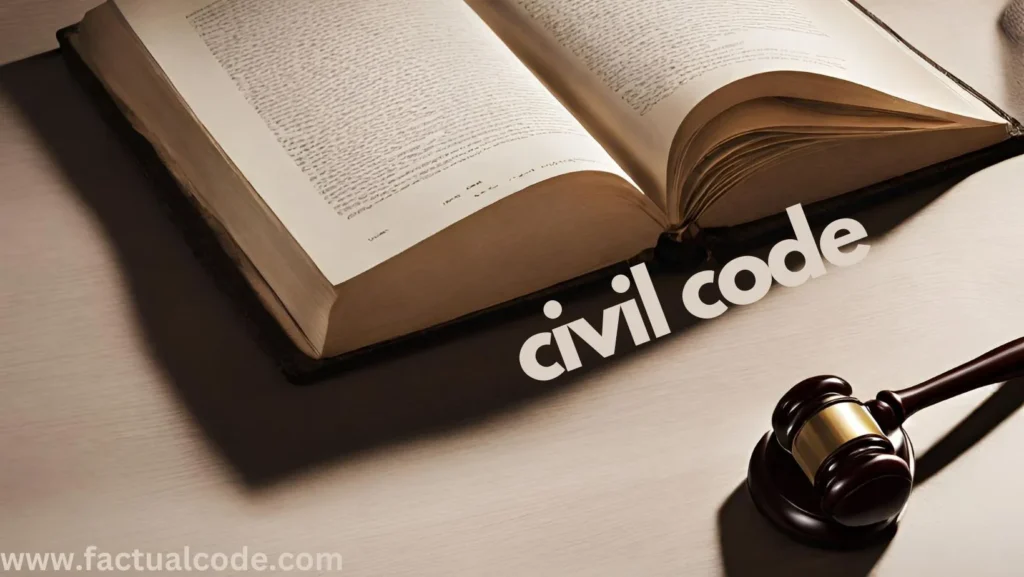Definition and Concept
An interpleader suit, defined under Section 88 and Order 35 of the Civil Procedure Code (CPC), is initiated by a neutral party, known as the “stakeholder,” who possesses property or funds that multiple parties claim. The primary objective of an interpleader suit is to allow the court to determine the rightful claimant, thereby protecting the stakeholder from potential liability or conflicting obligations.
Conditions for Filing an Interpleader Suit
1. Plaintiff’s Neutrality
- The plaintiff (the stakeholder) must be completely neutral, with no personal interest or claim to the property or funds in question. Their only concern should be to let the court decide the rightful owner.
2. Conflicting Claims by Defendants
- An interpleader suit can be filed when two or more parties (defendants) assert opposing claims over the same property, placing the stakeholder at risk of liability if they unilaterally decide on possession without a court ruling.
3. No Collusion
- The plaintiff must not act in collusion with any claimant and must genuinely seek the court’s help to avoid mishandling of the property or funds in question.
Legal Framework
Section 88 of CPC: Provides the basis for filing an interpleader suit, allowing a neutral stakeholder to seek legal intervention to resolve ownership disputes.
Order 35, Rule 1 of CPC: Specifies the procedural aspects, stating that the plaintiff must be a holder of the disputed property without a direct interest in it.
Order 35, Rule 5 of CPC: Authorizes the court to require the plaintiff to deposit or secure the disputed property, ensuring its availability for distribution to the rightful party once determined.
Duties of the Interpleader Plaintiff
- Filing the Suit: Present their role clearly as a neutral party with no independent claim to the disputed property, detailing the adverse claims by defendants.
- Preserving Property: Safeguard the property or funds until the court issues directions.
- Compliance with Court Orders: Adhere to the court’s instructions regarding custody or further management of the property.
Relevant Case Laws
1. Mangal Bhikaji Nagpase v. State of Maharashtra
- Context: This case reaffirms the conditions under which a stakeholder can file an interpleader suit, emphasizing the risk of liability arising from conflicting claims. It highlights that the plaintiff can approach the court when holding disputed property to avoid potential liabilities.
2. Chaturbhuj Vithaldas Jasani v. Moreshwar Parashram
- Context: Although this case broadly addresses issues of ownership claims, it has been referenced in interpleader discussions to illustrate cases where stakeholders seek judicial resolution to prevent multiple lawsuits, supporting the utility of interpleader suits for equitable solutions.
3. Sundaram Finance Ltd vs State Of Kerala And Another
- Context: This case involves conflicting claims over property, where the stakeholder faced risks due to multiple parties asserting rights over the same asset. The court discussed the stakeholder’s position and the necessity of an interpleader suit to resolve such disputes.
Practical Application
- Example: Banks or escrow agents often utilize interpleader suits. For example, if a bank holds funds claimed by multiple parties (such as heirs in a disputed inheritance), filing an interpleader suit allows the court to decide ownership, avoiding legal risks for the bank in disbursing funds unilaterally.
Conclusion
Interpleader suits are essential tools for neutral parties handling disputed property or funds, ensuring fair resolution through court intervention. This mechanism is crucial for students and legal practitioners as it highlights an equitable process that protects stakeholders from liability while enabling rightful ownership determination.
References- THE CODE OF CIVIL PROCEDURE, 1908 Section 88 Order 35 Order 35 rule 1 Order 35 rule 5 Mangal Bhikaji Nagpase vs State Of Maharashtra And Ors. on 3 February, 1997 Chatturbhuj Vithaldas Jasani vs Moreshwar Parashram And Others on 15 February, 1954 Sundaram Finance Ltd vs State Of Kerala And Another

